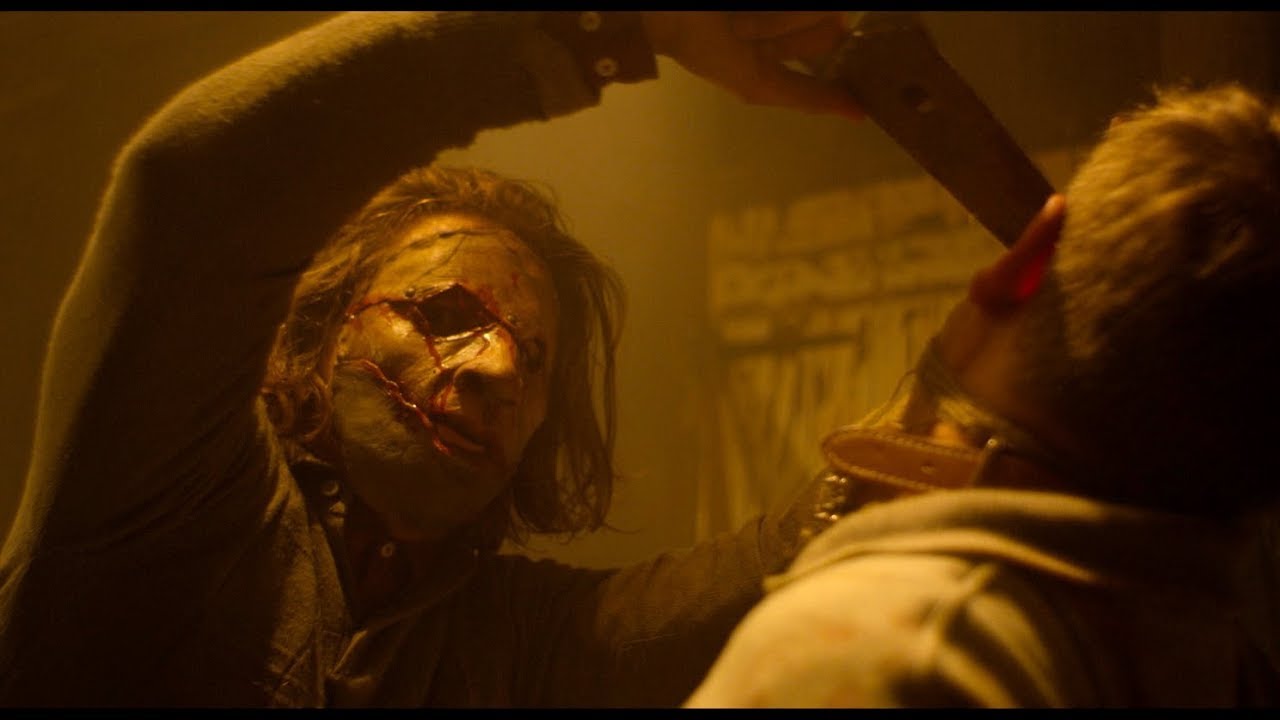Leatherface
Leatherface (2017) is a grim and violent origin story that seeks to explain the beginnings of one of horror cinema’s most iconic killers: the chainsaw-wielding maniac from The Texas Chainsaw Massacre. Directed by French filmmakers Julien Maury and Alexandre Bustillo—best known for their work in French extremity horror (Inside, Livid)—the film departs from the typical slasher formula and instead leans into psychological horror, road movie elements, and a nihilistic tone. Serving as a prequel to Tobe Hooper's 1974 classic, Leatherface attempts to humanize the monster by exploring the brutal environment that forged him.
Set in 1955 rural Texas, the story begins with a young boy named Jedidiah Sawyer, growing up in a deeply dysfunctional and violent family. His mother, Verna Sawyer (played with menacing intensity by Lili Taylor), is a matriarch who sees brutality as a way of life. After a tragic and gruesome accident involving a young girl, Jedidiah is removed from his family by the authorities and placed in a state-run mental institution for troubled youth.

Ten years later, a group of teens—including the now-teenage Jedidiah, though the audience is kept guessing which boy he is—escape from the asylum during a riot. Among them are the violent and unhinged Ike and his girlfriend Clarice, both of whom leave a trail of carnage as they drag the others through rural Texas. Also part of the escape group is Lizzy, a sympathetic nurse who is taken hostage. Hot on their trail is the vengeful and sadistic Sheriff Hal Hartman (Stephen Dorff), whose hatred for the Sawyer family pushes him to use excessive force and brutal tactics. As the narrative unfolds, the mystery of which teen will ultimately become Leatherface lingers in the background, creating tension and ambiguity.
Rather than focusing on chainsaws and masks, Leatherface delves into the psychological scars of abuse, trauma, and systemic violence. It paints a grim portrait of nature versus nurture, asking whether a killer is born or made. The film is bleak and unrelenting, with a gritty aesthetic and bursts of extreme gore that reflect its French horror roots. The cinematography is moody and atmospheric, capturing the desolation and brutality of the Texas countryside..

While Leatherface is ambitious in its attempt to provide depth to a horror legend, it received mixed reviews from critics and fans. Some praised its bold approach and character development, while others felt it strayed too far from what made the original Texas Chainsaw Massacre so effective—its raw simplicity and chaotic terror. The film's shift toward a character-driven crime thriller, rather than a straight-up slasher, alienated some longtime fans.
Nonetheless, Leatherface offers a grim, character-focused entry in the Texas Chainsaw Massacre franchise. It doesn’t aim to glorify its central character, but rather to explore the dark path that led him to infamy. For horror viewers interested in origin stories and psychological explorations of monsters, this film provides a disturbing but thought-provoking experience.

